
Human Habits, Human Habitats
No. 3 Vol. LIII 2016At the United Nations Conference on Housing and Sustainable Development (Habitat III), to be held in Quito, Ecuador, from 17 to 20 October 2016, world leaders will discuss and agree on ways to address the pressing issues faced by cities today and in the years to come. This issue of the UN Chronicle, under the theme "Human Habits, Human Habitats", provides a variety of perspectives on sustainable urbanization and the future of human settlements.

Why Organized Grassroots Women Matter in the Sustainable Development of Rural Communities
Women and girls are not intrinsically vulnerable but their social, economic and political conditions make them susceptible to risks and vulnerabilities. In the context of the 2030 Agenda for Sustainable Development and the United Nations Conference on Housing and Sustainable Urban Development (Habitat III), to be held in Quito, Ecuador, 17–20 October 2016, the imminent threat of climate change must be seriously considered, as it increases the risks and vulnerabilities afflicting women and girls, including rural women and their communities.
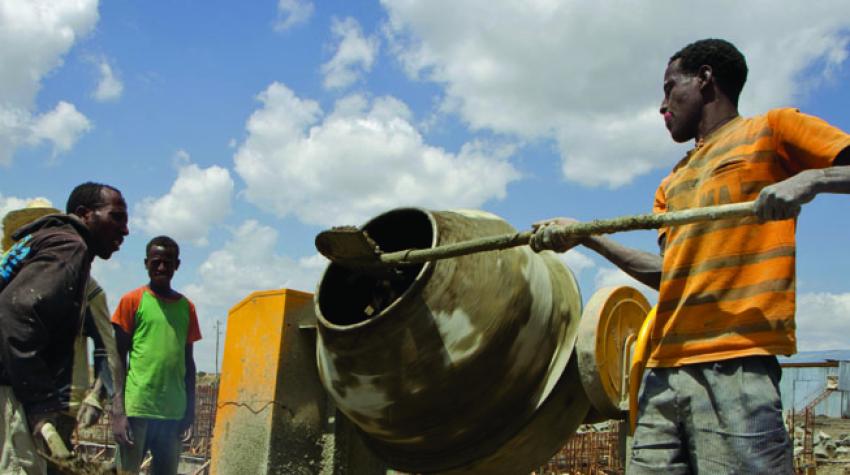
The Demand for Responsive Architectural Planning and Production in Rapidly Urbanizing Regions: the Case of Ethiopia
Over the past few years, compelling evidence has emerged that Ethiopia has begun its transformation in almost all spheres, revealing both potentialities and challenges. In this period of heightened dynamism, the subject of urbanization, which has long been neglected in political and development discourse, is becoming a central agenda.
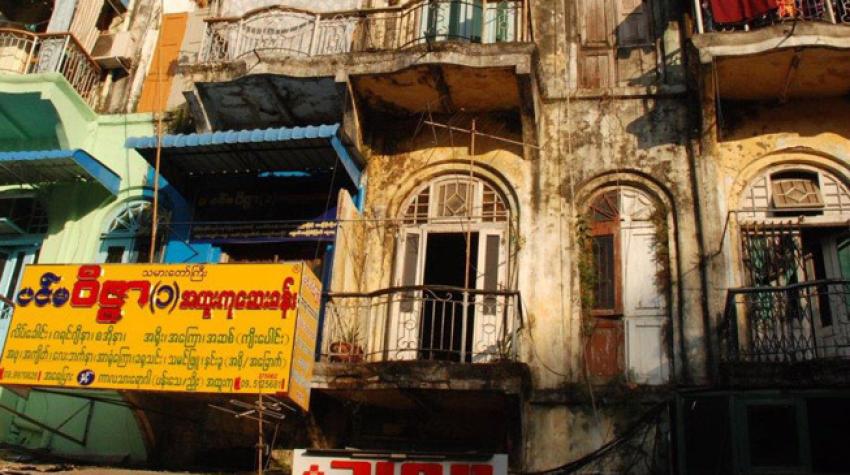
Cities for People and by People
This century will see a substantial majority of the world's population living in urban centers. The United Nations Conference on Housing and Sustainable Urban Development (Habitat III), to be held in Quito, Ecuador, from 17 to 20 October 2016, therefore has as its mission the adoption of the New Urban Agenda, an action-oriented outcome document that will set global standards of achievement in sustainable urban development.

Foreword
Member States meeting in Quito will adopt the New Urban Agenda, an action-oriented document that will set global standards for sustainable urban development. The Agenda will shape a new paradigm for building, managing and living in cities, relying on cooperation between partners, stakeholders, and urban actors at all levels of government, as well as the private sector.
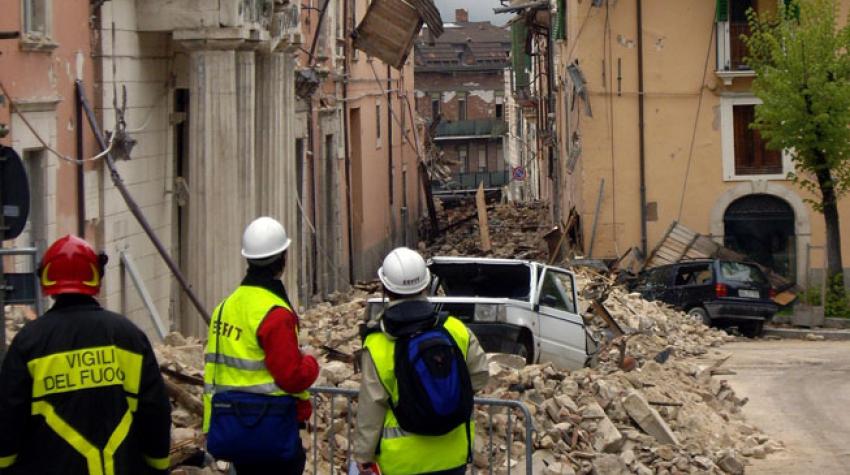
The Relevance of Soft Infrastructure in Disaster Management and Risk Reduction
The increasing frequency and severity of both natural and technological disasters in the world, especially but not exclusively in urban areas, put cities at the centre of discussion among practitioners and scholars alike, raising fundamental questions about nature and society, about development and technology.
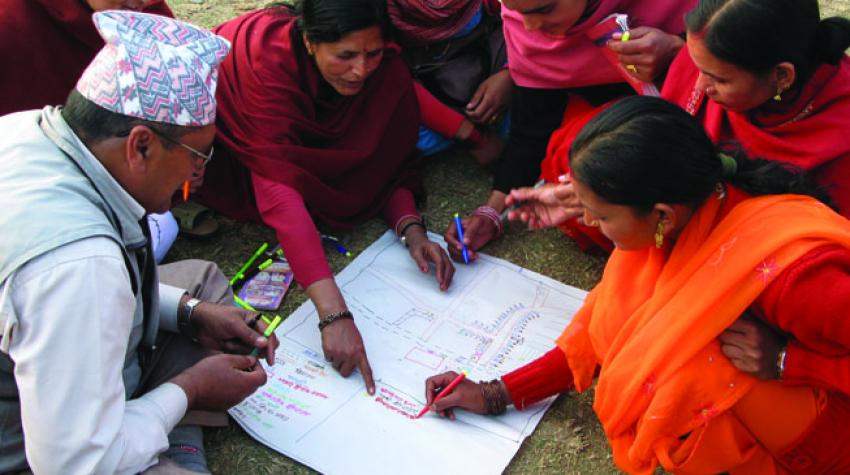
The New Urban Agenda's Road Map for Planning Urban Spatial Development: Tangible, Manageable and Measurable
The recently drafted New Urban Agenda, which Governments will adopt in Quito, reaffirms Member States' support of all the components of Goal 11. Both parts of the outcome document—the Quito Declaration on Sustainable Cities and Human Settlements for All and the Quito Implementation Plan for the New Urban Agenda—clearly enunciate three priorities that will frame the successful execution of Goal 11 and the urban aspects of the other SDGs, and lead to the achievement of sustainable urbanization in the coming decades. These priorities are: having a supportive governance structure, inventing and maintaining twenty-first century planning and managing urban spatial development, and establishing sound financing mechanisms.
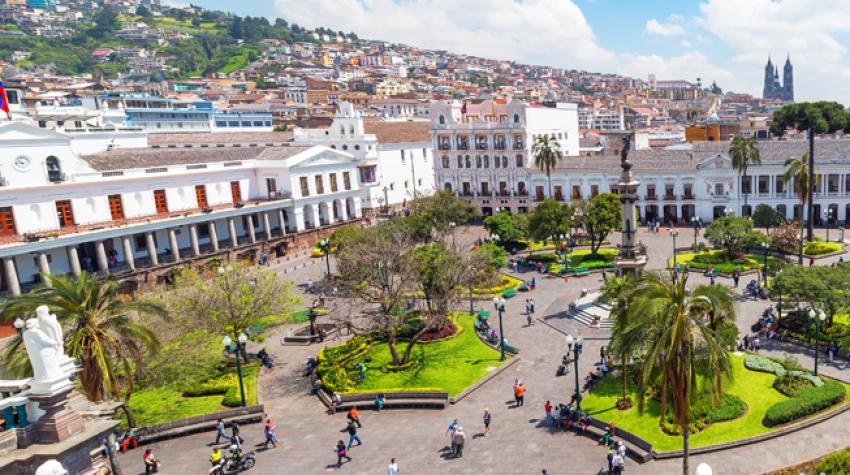
Habitat III Is the Citizens' Conference of the United Nations
Habitat III is set to present a historical paradigm shift of urbanization as a tool for development. The Conference conveys a clear message that the pattern of urbanization needs to change in order to better respond to the challenges of our time and to address issues such as inequality, climate change, informality, insecurity and the unsustainable forms of urban expansion.
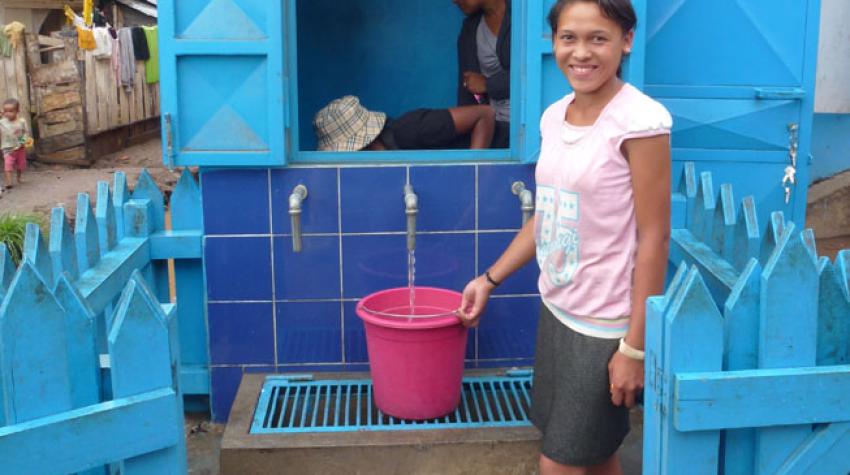
Working with Strong Service Providers to Address the Urban Water and Sanitation Challenge
For many people around the world, it is simply impossible to imagine life without easy access to safe drinking water or a toilet, yet the lack of such basic amenities is still a fact of life for too many in the global South. While it is true that transformational change in the provision of basic services has been achieved in some countries over the past 15 years, millions remain without access to water and sanitation.
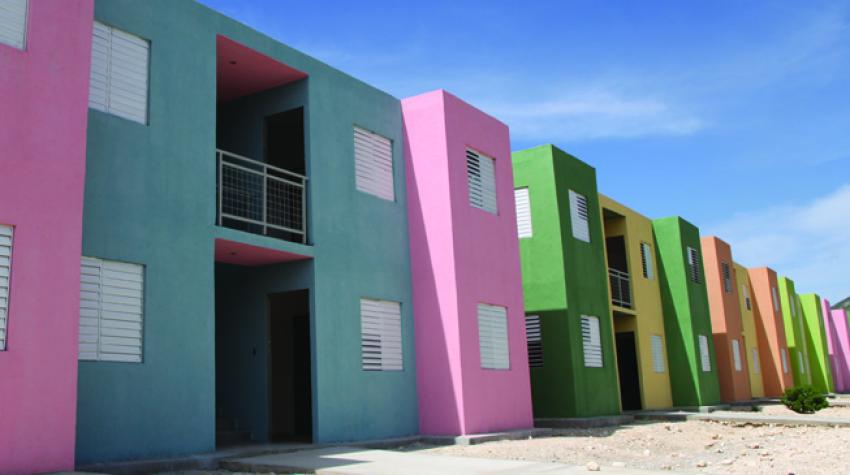
Learning from Local Building Cultures to Improve Housing Project Sustainability
The history of construction shows that builders have always been creative in adapting and upgrading housing structures by making the best use of locally available resources to meet their needs, while taking into account local economic, social and climatic constraints. Societies worldwide have developed building cultures that result in 'contextual' architecture, corresponding to unique construction methods and specific ways of life.
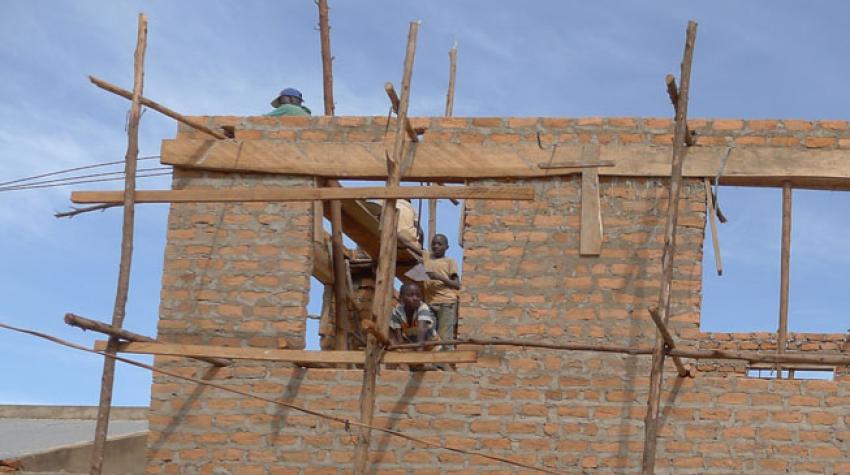
Transforming Settlements in Africa
My perspective on transforming settlements of the urban poor is that such change should be a community- and women-centred process, in order to realize sustainability and bottom-up ownership. Transformation should involve mobilizing and sensitizing slum dwellers to understand the importance of change.

Green Spaces: An Invaluable Resource for Delivering Sustainable Urban Health
Multisectoral collaboration among decision-making entities and the public will be critical, as no single ministry or Government can achieve climate goals alone. It is also important to integrate participatory processes in policymaking and implementation at both the national and local levels for effective governance to act on social determinants of health. Health perspectives can help shape city policies that drive cost-effective urban planning and related transport mitigation strategies.

Delhi, the Forever City
It is all too easy to look underfoot and see that the road to Greater Delhi has been paved with unintelligible official regulations, subversive colonization from below and daring acts by real estate predators. It is equally important, however, on Indian Independence Day, to lift one's eyes to the clear blue sky, alive with the soaring and dipping of hundreds of kites flown from rooftops in Shahjahanabad, down to the spacious lawns leading out from the iconic President's House, where dozens of vendors serve street food from all over India, and to wend one's way at dusk to the shrine of Hazrat Nizamuddin Auliya, to lose oneself in Sufi music, with words that have echoed down through 800 years, in the fragrance of red roses.
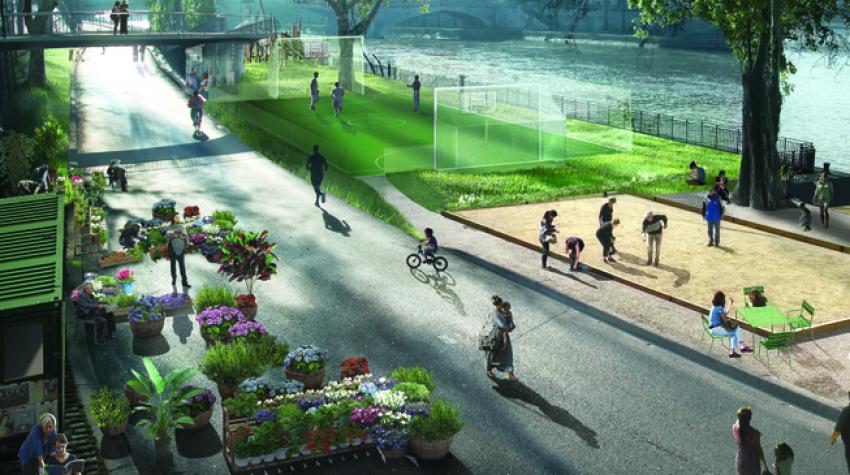
Placing People at the Centre of Our Sustainable Urban Future
It is up to us to work towards the city of our dreams. Together, by maintaining unwavering confidence in mankind and remaining aware of the opportunities offered by our territories and technological advances, we can create sustainable, resilient cities that are welcoming places for their inhabitants today and for future generations.
